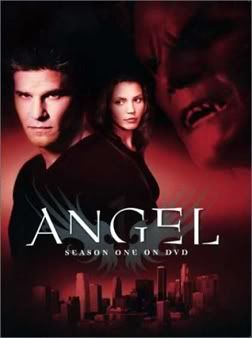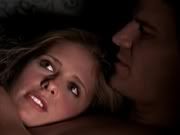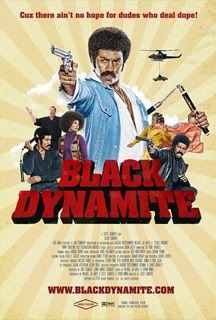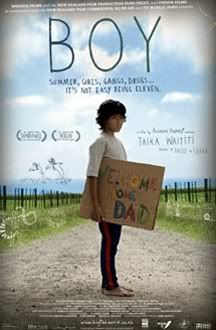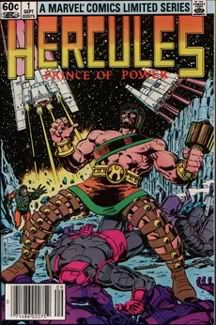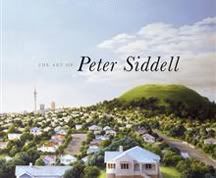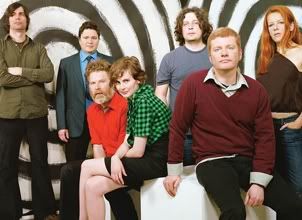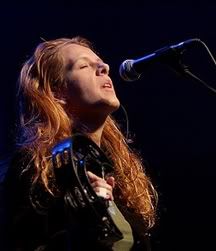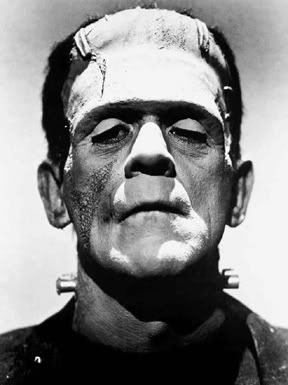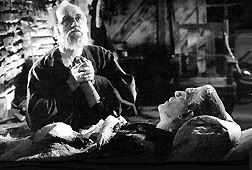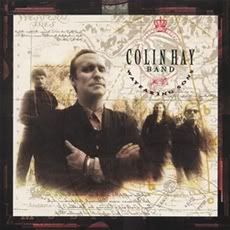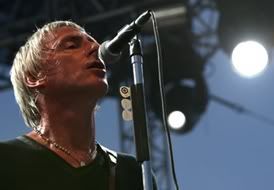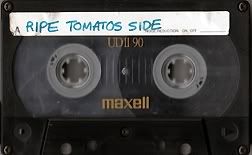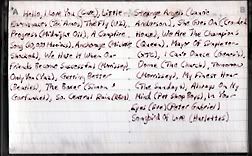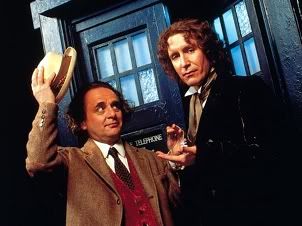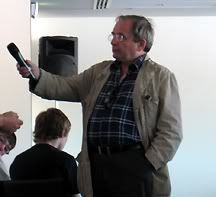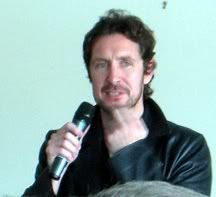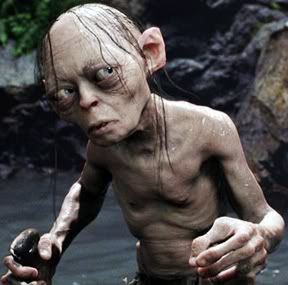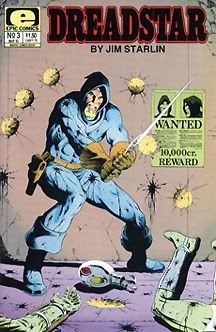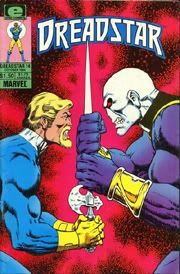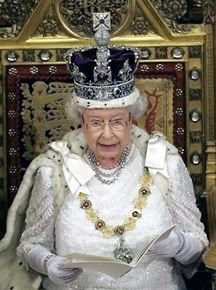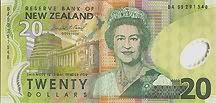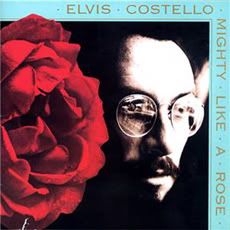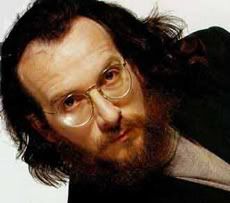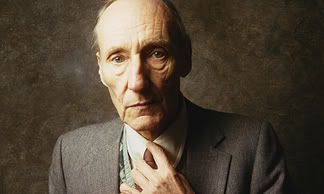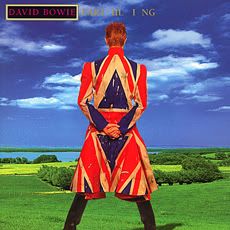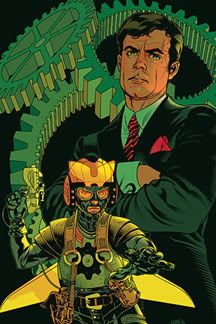Arcade Fire, The Suburbs
 Three records and not a duff move yet by this Canadian assembly. There's a beautiful melancholy over this latest set, a kind of ode to vanishing childhood, with one anthem after another. My favorite: "We Used To Wait," which makes the pre-digital era of the 1980s seem as faint and far away as Victorian England.
Three records and not a duff move yet by this Canadian assembly. There's a beautiful melancholy over this latest set, a kind of ode to vanishing childhood, with one anthem after another. My favorite: "We Used To Wait," which makes the pre-digital era of the 1980s seem as faint and far away as Victorian England. Ariel Pink's Haunted Graffiti, Before Today
I have a mixed record with getting into indie-rock Pitchfork-certified cool bands -- I love Grizzly Bear, didn't really get what the fuss about Animal Collective is about, but this band -- wow, what a curious, haunting record, like early Guided By Voices mixed with Prince and an '80s horror-movie soundtrack. Vague and strange, with keyboards washing in and out, hooky choruses diving in out of nowhere and quirky strange collages of sound. It's a ramshackle gem.
Roky Erickson, True Love Will Cast Out All Evil
A burned-out '60s psychedelic legend surfaces after years of problems to record a battered, beautiful record with the band Okkervil River. While it lacks the wacked-out frenzy of his old 13th Floor Elevators classics, there's a world-weary wisdom and gentle optimism to this fine comeback.
Grinderman, Grinderman II
 Nick Cave's dirty ol' rock' n' roll band releases its second disc and it's even more raw than their first, with Cave's sinister power harnessed to raunchy garage rock. Way more unhinged than the Bad Seeds, it's loud and mean and fun.
Nick Cave's dirty ol' rock' n' roll band releases its second disc and it's even more raw than their first, with Cave's sinister power harnessed to raunchy garage rock. Way more unhinged than the Bad Seeds, it's loud and mean and fun. LCD Soundsystem, This Is Happening
Darker and spacier than James Murphy's first two discs, but still filled with marvelous half-snarky, half sincere tunes exploring the frontiers of dance-punk. Also notable this year was Murphy's soulful music for the "Greenberg" soundtrack which points in interesting new directions.
The New Pornographers, Together
Indie-rock's finest all-star collective produces yet another album of power-pop goodness, highlighted by Neko Case's wail and A.C. Newman's bittersweet romanticism. Consistently one of the best bands going.
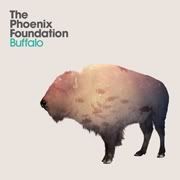 Phoenix Foundation, Buffalo
Phoenix Foundation, BuffaloThis New Zealand group swerve from the terrific hooky pop of their last album into a halfway instrumental record that meanders and sways through deeply textured songs that end up in surprising places. Subtle and gorgeous and something distinctively Kiwi about it all.
Paul Weller, Wake Up The Nation
I finally saw the man live this year backing this well-received album, which distills his nearly 40 years of music with The Jam, Style Council and solo into one diverse whole. Hard-charging dad-punk, blissful balladry, psychedelic strangeness -- it's all here in this sweeping statement.
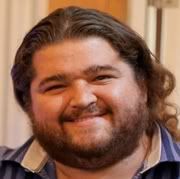 Weezer, Hurley
Weezer, HurleyThere seems to be a love-hate relationship with these guys on the internet but I loved the poppy simplicity of their 8th record, which made fine listening as I zipped along the epic highways of California this autumn. Full of energy and optimism and playfulness, which may infuriate some snooty fans who want Rivers Cuomo to record nothing but "Pinkerton Part II" for the rest of his career, but I enjoy a band that doesn't take itself that seriously and still deliver fun summer pop tunes. Give me this over Katy Perry any day.
Neil Young, Le Noise
Young's so prolific even into his mid-60s that this one snuck by many, but it's a real treat, produced by music legend Daniel Lanois and featuring nothing by Young and his feedback-drenched guitar creating a really fascinating brooding sound that hovers between Crazy Horse crunch and "Harvest" pastoral melancholy. One to crank up right around midnight, and bathe in the glow.
Runners-up: The National, High Violet; Joanna Newsom, Have One On Me; Wolf Parade, Expo 86; Eels, End Times and Tomorrow Morning; Scott Pilgrim Vs. The World soundtrack.
Worst record I bought: Peter Gabriel, Scratch My Back.
As a giant fan, this one makes me sad. The man goes a decade or so between albums for this? A limp collection of tired covers, done with a bland orchestral backing. While Gabriel's voice is still gruff and terrific, there's a dour, labored feel to this entire enterprise, with even the world music textures that colour his best work lacking. Joyless.
Best old music I discovered: The dB's awesome first two albums from 1981-82, "Stands for Decibels" and "Repercussion" together on one disc, which I stumbled across at Real Groovy. I've always wanted to check these guys out as you often hear about them as the missing link between Big Star and R.E.M., and they don't disappoint at all. Top-notch power pop with wit and stylistic experimentation galore.
Worst music news: Other than the continual closing and shuttering of old-fashioned record shops in the MP3 age, I'd have to say the worst news of the year was the death of Alex Chilton.
Best concert: Some good stuff this year like legendary Paul Weller, fantastic and sexy Florence + The Machine and an intimate audience with The New Pornographers, but I have to admit, being in the crowd for the reunited Pavement's first show in 10 years in humble lil' New Zealand was pretty dang cool, and Steve Malkmus and the gang were in full quirk-rock frenzy.






